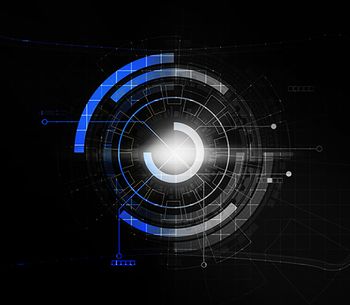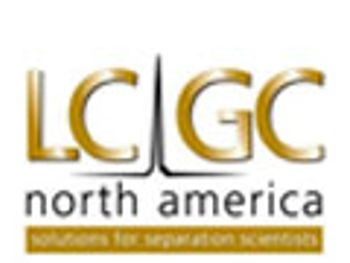
At the 43rd International Symposium on Capillary Chromatography (ISCC 2019) in Fort Worth, Texas, a panel addressed the current challenges and potential future directions in capillary liquid chromatography. How can their vision be achieved?

At the 43rd International Symposium on Capillary Chromatography (ISCC 2019) in Fort Worth, Texas, a panel addressed the current challenges and potential future directions in capillary liquid chromatography. How can their vision be achieved?

The “State-of-the-Art in Capillary Liquid Chromatography” panel discussion at the 43rd International Symposium on Capillary Chromatography (ISCC 2019) in Fort Worth, Texas, USA, was a thoughtful dialogue on current challenges and potential future directions in the field. The session included a general overview of the current state of the field, key drawbacks preventing widespread use of capillary liquid chromatography (LC) columns, and how these challenges might be overcome. In this article, we highlight some of the common themes that were discussed as part of this panel.

This article describes a cost-effective and sensitive approach for quantifying waterborne arsenic based on gas-phase chemiluminescence. The approach centers on the use of laboratory-built instruments-one for laboratory use and one field-deployable version-that can quantify total arsenic as well as individually measure As(III) and As(V). The regulatory limit for arsenic in drinking water is 10 μg/L. The limits of detection of the gas-phase chemiluminescence instruments are well below 1 μg As/L and the linear range extends to >100 μg As/L. Total arsenic analysis using this approach requires 3 min.

A look at the current status of detection in ion chromatography, focusing on the most popular detectors in IC: the conductivity detector and the charge detector

Published: April 2nd 2013 | Updated:

Published: October 1st 2015 | Updated:

Published: February 1st 2020 | Updated:

Published: February 1st 2020 | Updated: